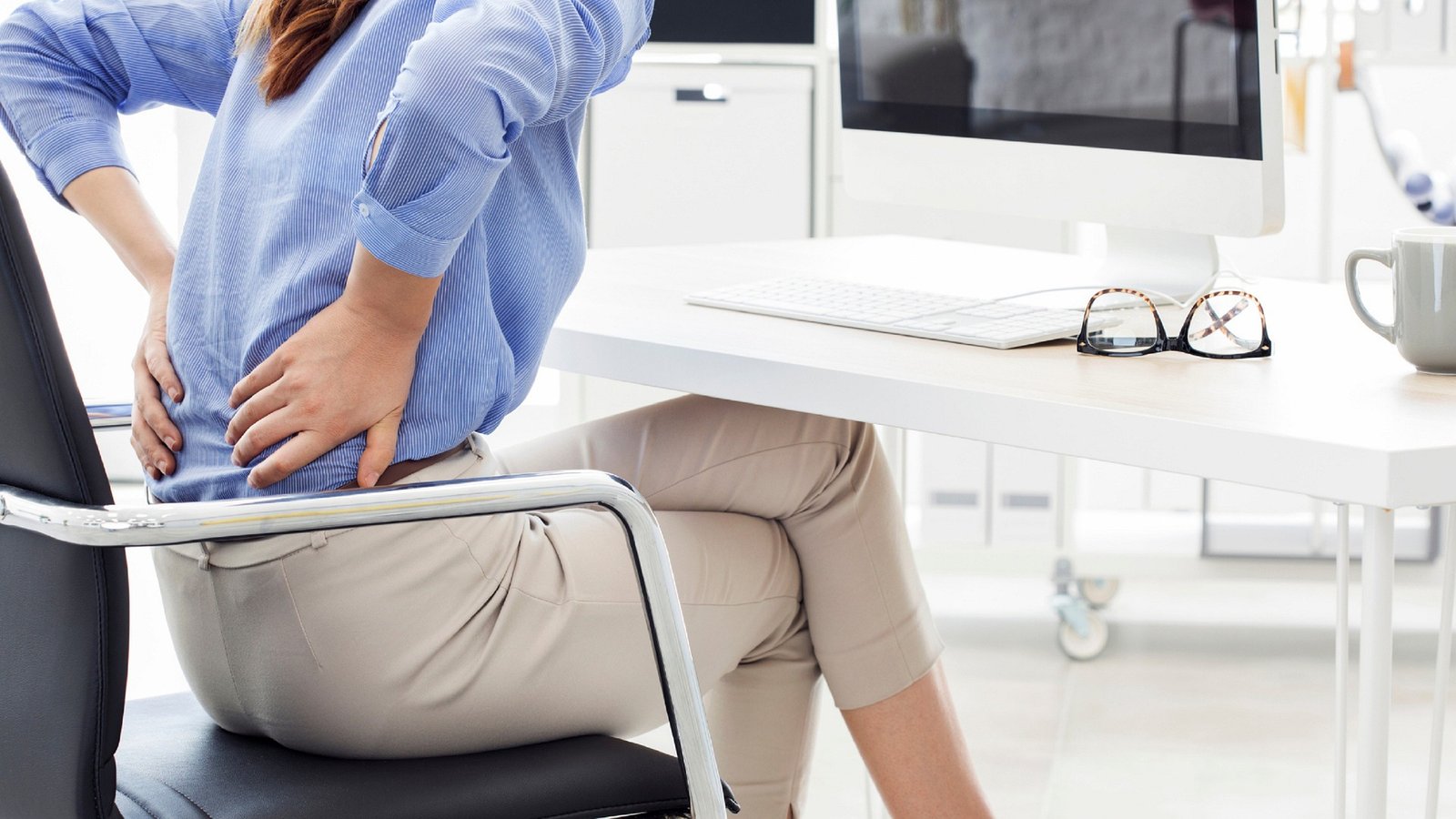Lower back pain is a common problem that affects many people. It can range from a mild, occasional ache to chronic and debilitating pain. Physiotherapy has been shown to be an effective treatment for lower back pain, helping to relieve the symptoms and promote healing in the affected area.
Physiotherapists are highly-trained professionals who understand the anatomy and physiology of the body, as well as its movements. They use various techniques to help alleviate lower back pain, including manual therapy, massage, exercise and advice on lifestyle modifications.
Manual therapy
Manual therapy such as manipulation and mobilization can be used to reduce muscle spasm and improve joint mobility in the affected area. Massage can help to improve circulation and promote healing in the affected area, as well as reduce pain levels.
Exercise
Exercise is an important part of any physiotherapy treatment for lower back pain. It helps to strengthen the muscles and ligaments supporting the spine. Exercise also increases flexibility and range of motion, which can help to relieve symptoms.
Lifestyle Modifications
Finally, lifestyle modifications such as posture correction, core stability exercises, ergonomics training and stress management techniques may also help relieve lower back pain symptoms. These are important to consider, as posture and activity levels can have a significant effect on the strain that is placed on the spine. A physiotherapist can help guide you through these changes in order to improve your overall symptoms.
When should I be worried about lower back pain?
Persistent pain that lasts for more than a few weeks is a sign that something may be wrong. Back pain that is accompanied by weakness, numbness, or tingling in the legs or feet may be an indication of nerve damage. These symptoms can be caused by a herniated disc or spinal stenosis, which requires medical attention.
If you experience pain that is severe and sudden or is accompanied by fever, chills, or other signs of infection, you should seek medical attention immediately. This may be a sign of a kidney infection or other serious condition.
Pain that is located on one side of the lower back may be an indication of a kidney stone. If you experience nausea, vomiting, or difficulty passing urine along with lower back pain, it is important to seek medical attention right away cause it may be due to any blocked renal calculi.
What Are Best Sleeping Positions For Lower Back Pain?
Sleeping on your back with a pillow under your knees can help to reduce the pressure on your lower back. This position can help to maintain your spine in a neutral position and prevent any additional strain on your lower back.
Side sleeping with a pillow between your legs is another option for those experiencing lower back pain. This position helps to keep your spine in a neutral position and reduces the strain on your lower back. If you’re a side sleeper, it is important to use a firm pillow to maintain the proper alignment of your spine.
If you prefer to sleep on your stomach, try placing a pillow under your hips or pelvis. This can help to relieve pressure on your lower back and prevent your back from arching. However, sleeping on your stomach is generally not recommended as it can cause strain on the neck and back.
Finding the right sleeping position can greatly help relieve lower back pain. Sleeping on your back or side with a pillow can help to maintain the natural curves of your spine and reduce the strain on your lower back.
Physical Therapy Exercises For Lower Back Pain
These exercises can easily be done at home and will give significant relief to your lower back pain if you do them in continuation for several days.
- Cat-cow stretch: This is an easy and gentle stretch that can help relieve lower back pain. Begin on all fours with your hands under your shoulders and knees under your hips. Arch your spine, bringing your head and tailbone down, then reverse the movement by rounding your spine, lifting your head and tailbone up.
- Pelvic tilts: Lie on your back with your knees bent and feet flat on the floor. Tighten your abdominal muscles and tilt your pelvis upward, flattening your lower back against the floor, then release.
- Hip flexor stretch: Kneel on one knee, with the other foot forward, and stretch the hip of the back leg by gently pushing your pelvis forward. Hold the stretch for 15-30 seconds, then switch sides.
- Hamstring stretch: Lie on your back with your knees bent and feet flat on the floor. Extend one leg up to the ceiling and hold onto the back of your thigh, calf, or foot. Keep your back flat on the floor and hold the stretch for 15-30 seconds, then switch sides.
- Wall sits: Stand with your back against a wall and slowly slide down until your knees are bent at a 90-degree angle. Hold the position for 10-30 seconds, then slowly slide back up.
- Bird dog: Begin on all fours with your hands under your shoulders and knees under your hips. Tighten your core and lift your opposite arm and leg, keeping your back straight. Hold for a few seconds, then switch sides.
- Bridge: Lie on your back with your knees bent and feet flat on the floor. Raise your hips up until your body forms a straight line from your shoulders to your knees. Hold for a few seconds, then lower back down.

